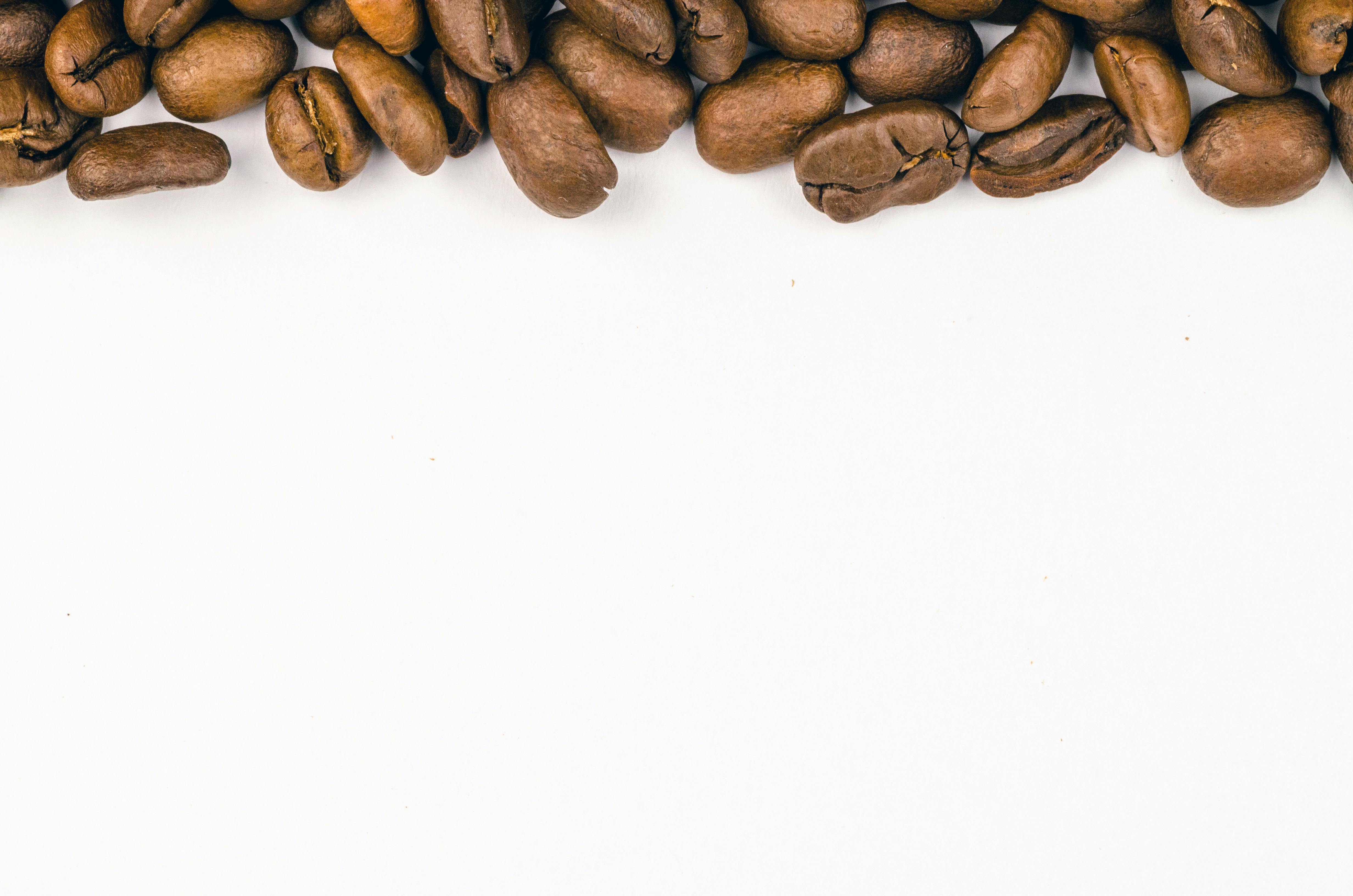How to Make Fluffy Slime Without Shaving Cream: Fun DIY Projects and Tips for 2025
Creating fluffy slime is not just a fun DIY project; it's an engaging activity that stimulates creativity, enhances sensory play, and allows children to learn through hands-on crafting. As we dive into 2025, the popularity of fluffy slime continues to rise, but what if you want to make your batch without using shaving cream? This guide will show you how to make fluffy slime without shaving cream, using safe and simple ingredients found in most households.
In this article, we’ll cover various fluffy slime recipes, including the ingredients list, the step-by-step process, and tips to achieve that perfect fluffy consistency. Whether you're a beginner or a seasoned slime enthusiast, you'll find a plethora of ideas to experiment with! By the end, you will have everything you need to create your very own homemade fluffy slime that stays fluffy for days.

Essential Guide to Fluffy Slime Ingredients
Understanding the Basic Components
Before jumping into making fluffy slime, it's crucial to understand the basic ingredients required. Typically, you would need glue, a thickening agent, and an optional colorant. For this version, we won't be using shaving cream but instead focus on products like body lotion or foam soap to achieve the fluffy texture. Here’s a quick breakdown of ingredients:
- Glue: White, school glue is perfect for making slime. Avoid using super glue.
- Body Lotion or Foam Soap: This replaces shaving cream to add fluffiness without compromising texture.
- Activator: Depending on your slime recipe, this could be baking soda and saline solution or liquid laundry detergent.
Choosing the Right Glue for Your Slime
When selecting glue, opt for white school glue as it dries clear and provides a soft texture. Avoid colored glue unless you're intentionally aiming for a specific slime color, as it can affect the final look of your fluffy slime. Incorporating colored glitter or foam beads can also enhance the visuals without altering the core recipe.
Additional Mix-Ins for a Unique Touch
Fluffy slime is all about personalization. You can introduce foam beads for that extra crunch, or glitter for some sparkle. When mixing these components, ensure they are evenly spread throughout the slime to avoid pockets of texture. Always remember, a little goes a long way!
Step-by-Step Process to Make Fluffy Slime
Gathering Your Supplies
Start by assembling your materials: glue, body lotion or foam soap, activator, food coloring (optional), and any mix-ins you desire. Having everything ready before you start crafting will streamline the process and make it more enjoyable. Be sure to protect your workspace with newspaper or an old tablecloth to avoid a mess.
Mixing the Base Ingredients
Begin by pouring about 1 cup of glue into a bowl. Then, add ½ cup of body lotion or foam soap into the glue. Mix thoroughly to combine these ingredients well. If you wish to color your slime, now is the time to add food coloring; remember to mix until you achieve your desired shade.
Activating the Slime
Once your base is mixed, it's time to activate it. In a separate small bowl, combine 1 teaspoon of baking soda with 1 tablespoon of saline solution. Mix it well until the baking soda has dissolved. Gradually add the activator to your slime mixture while stirring continuously. You'll want to add enough activator so that the slime begins to pull away from the sides of the bowl and is no longer sticky.
Achieving the Perfect Fluffy Consistency
After your slime begins to form, knead it with your hands until it reaches a soft, stretchy consistency. This is the moment where fluffiness comes to life! If the slime feels too sticky, add more activator by the teaspoon until you reach the desired texture. To ensure that fluffy slime stays fluffy, avoid over-kneading, as this can lead to a denser slime.

Fluffy Slime Tips for Kids and Adults
Common Mistakes to Avoid
While making fluffy slime can be straightforward, there are a few common pitfalls to avoid. Ensure you measure your ingredients accurately. Excess glue can lead to sticky slime, while too much activator can make it rubbery. Always start with a small amount of activator and gradually increase as needed.
Ensuring Safe Playtime
Safety is a priority when crafting slime, especially for kids. Always use non-toxic ingredients, supervise young children, and wash hands thoroughly after play. If your child has allergies, especially to certain glues or lotions, consult with a doctor before crafting.
Creative Storage Solutions
Fluffy slime tends to last longer when stored properly. Use airtight containers or resealable bags to keep it fresh and fluffy. Label these accordingly, especially if you're experimenting with multiple batches or colors. Avoid leaving slime out in the open as it can dry out quickly!
Exploring Fluffy Slime Variations and Ideas
Fluffy Slime Without Glue and Activator
For those looking for alternatives, you can make a no-glue fluffy slime using cornstarch and shampoo. Mix equal parts until you get a stretchy, fluffy texture. This version is excellent for those with adhesive allergies.
Incorporating Fun Ingredients
Consider adding essential oils for a calming scent, adding elements like lavender or chamomile for sensory benefits. You can also explore adding foam beads, confetti, or even marshmallow fluff to create a unique slime experience!
Engaging Slime Activities and Experiments
Fluffy slime isn't just a plaything; it's a platform for many educational activities! Experiment with different ingredient ratios to see how it affects texture, or explore the chemistry of slime making with your kids. These activities can foster teamwork, creativity, and crucial STEM skills.
Benefits of Fluffy Slime for Children
Enhancing Motor Skills
Playing with slime can significantly improve children's fine motor skills. Stretching, kneading, and shaping the slime helps in developing coordination and dexterity. This active engagement with the slime can also be therapeutic for many children.
Encouraging Creativity and Problem-Solving
Crafting unique variations of fluffy slime provides endless creative opportunities. Kids can mix colors, incorporate textures, and customize the scent. Encouraging them to solve any challenges they face while crafting builds resilience and critical thinking.
Fluffy Slime and Social Interaction
Making and playing with fluffy slime can be a wonderful social activity! Organizing slime-making sessions can teach children important social skills as they work together to create, share, and even troubleshoot any issues that arise during the process.
Frequently Asked Questions About Fluffy Slime
Can I make fluffy slime without using any glue?
Yes! You can use alternatives like cornstarch and shampoo to create a fluffy texture. There are many slime recipes that do not require glue, making it easier for those with allergies.
What can I use instead of activators?
If conventional activators are not available, alternatives include contact solution combined with baking soda or laundry detergent. Always test in small batches first to find the right balance.
How do you store fluffy slime to keep it fresh?
Store your fluffy slime in an airtight container or a zip-lock bag, ensuring excess air is removed. For longer storage, keep it in the refrigerator. Avoid exposure to sunlight, which can cause it to dry out.
What are the benefits of making slime with kids?
Creating slime with children helps enhance motor skills, fosters creativity, and encourages social interaction. It’s a wonderful activity to stimulate learning through play.
Can I include food coloring in my fluffy slime?
Absolutely! Food coloring can be added to change the slime's color. Just remember to mix thoroughly for even distribution and wear gloves to avoid staining hands.
With so many possibilities, the art of making fluffy slime without shaving cream opens a world of creativity and fun. Whether hosting a slime-making party or experimenting with different textures, beware of the mess, and enjoy crafting your perfect fluffy slime!
